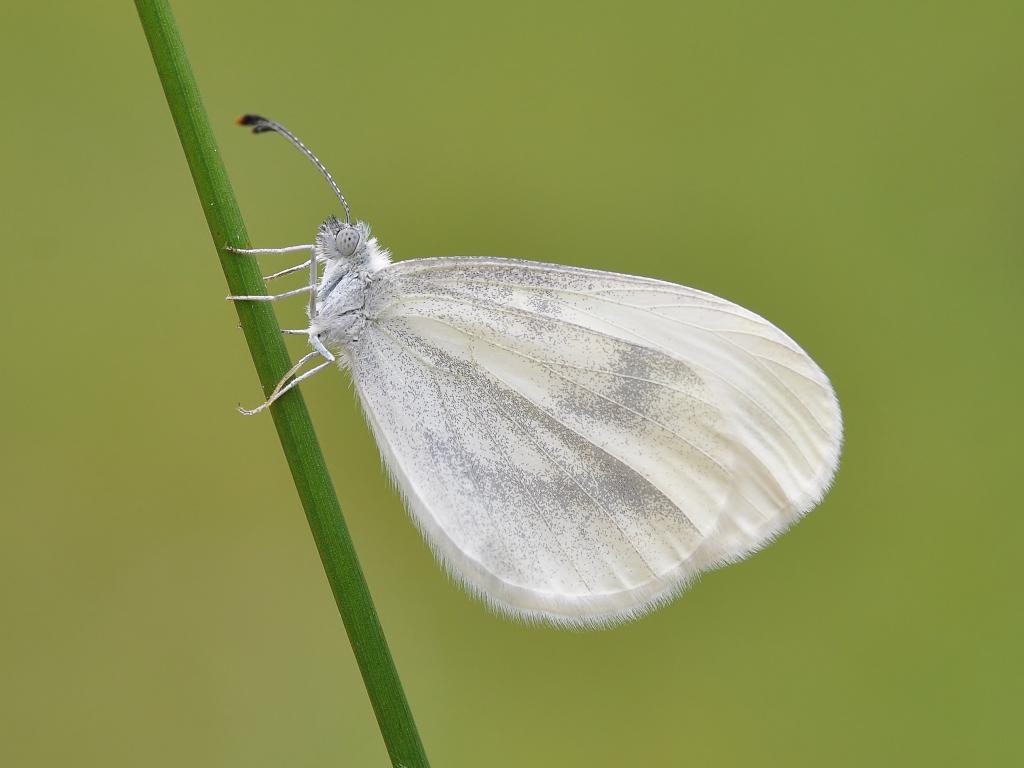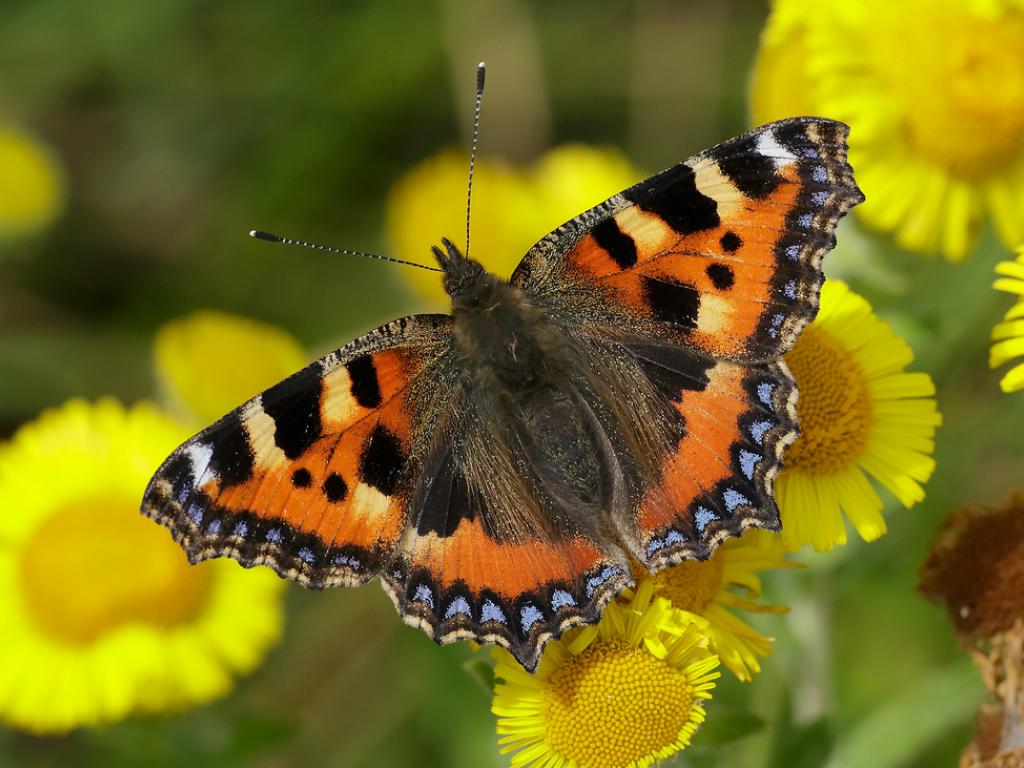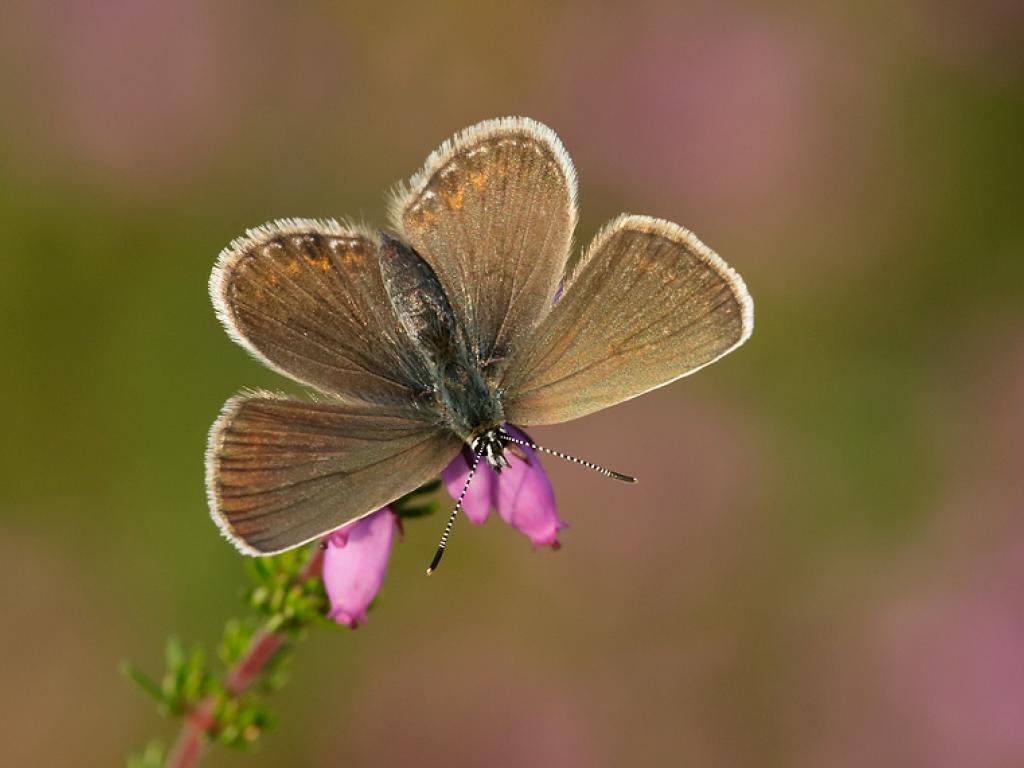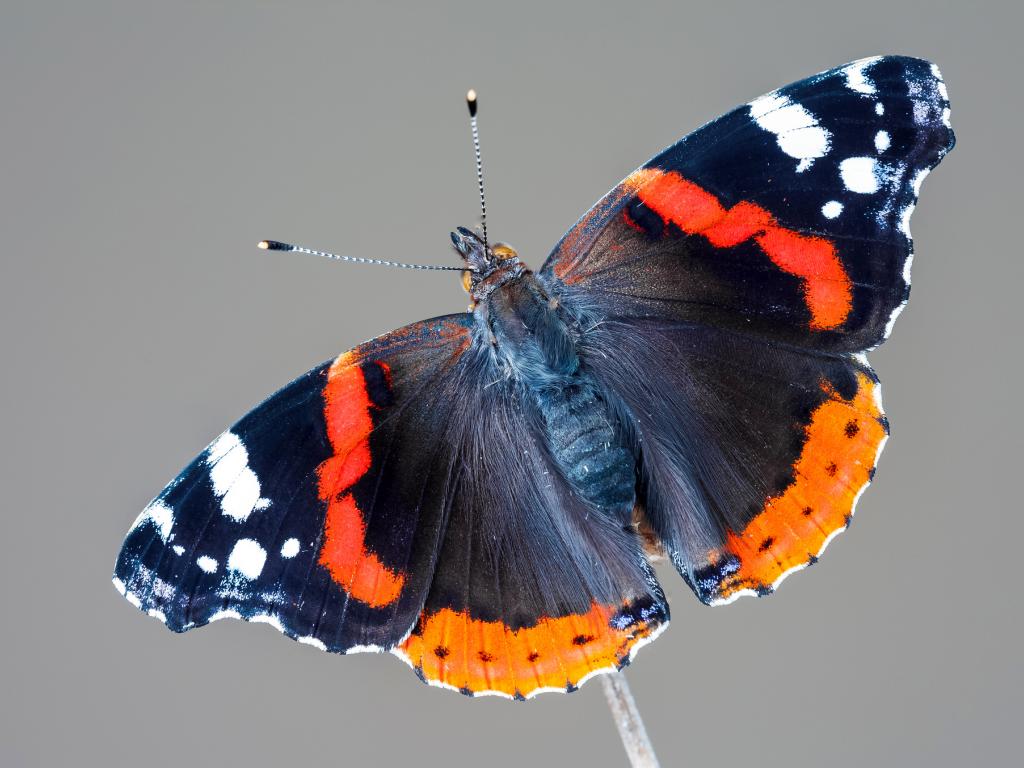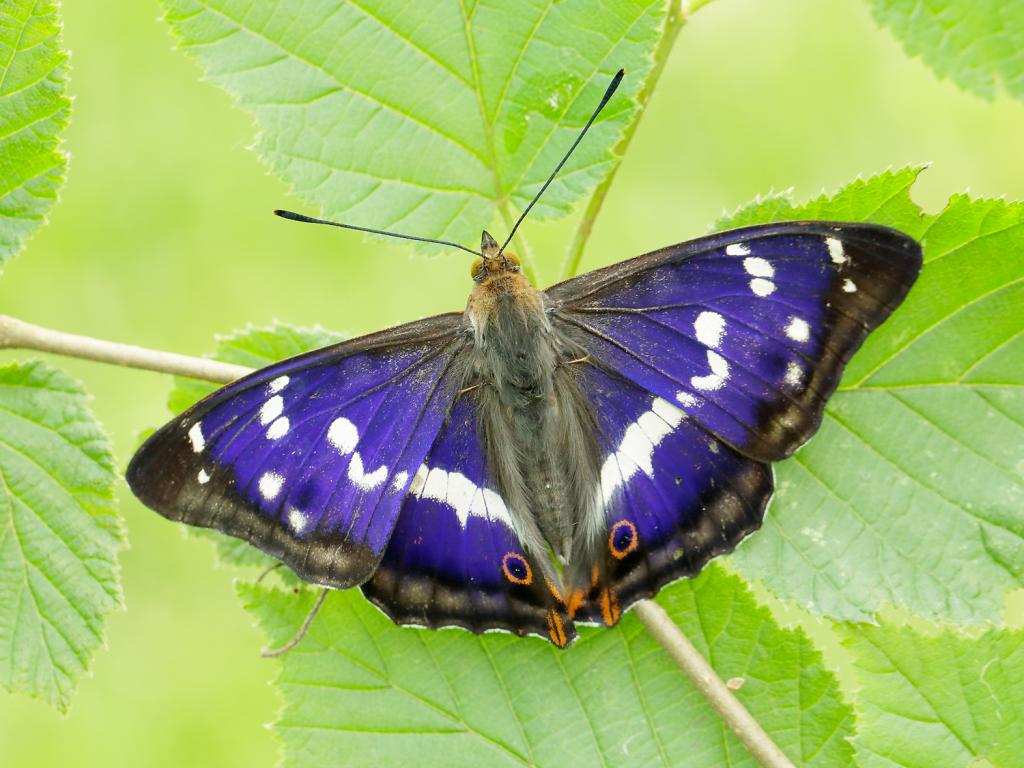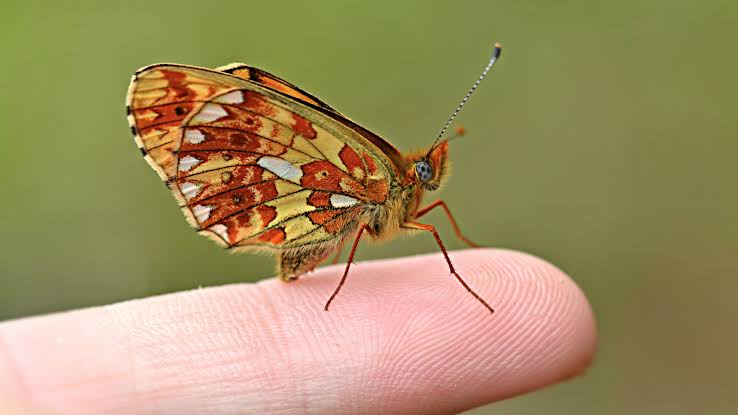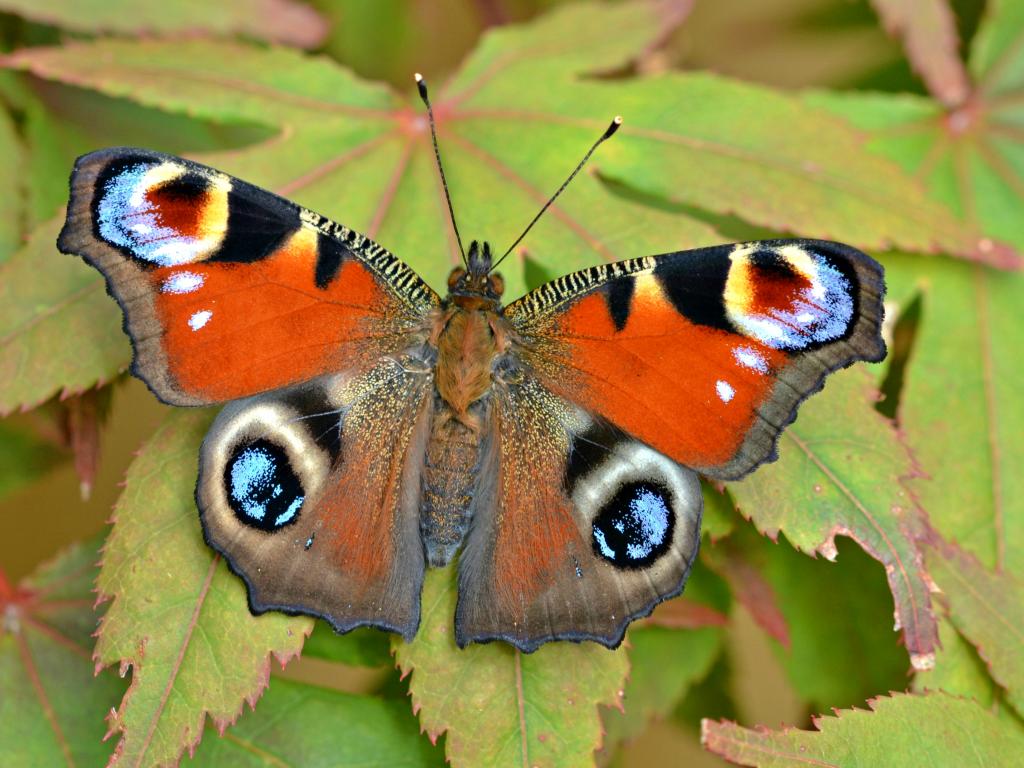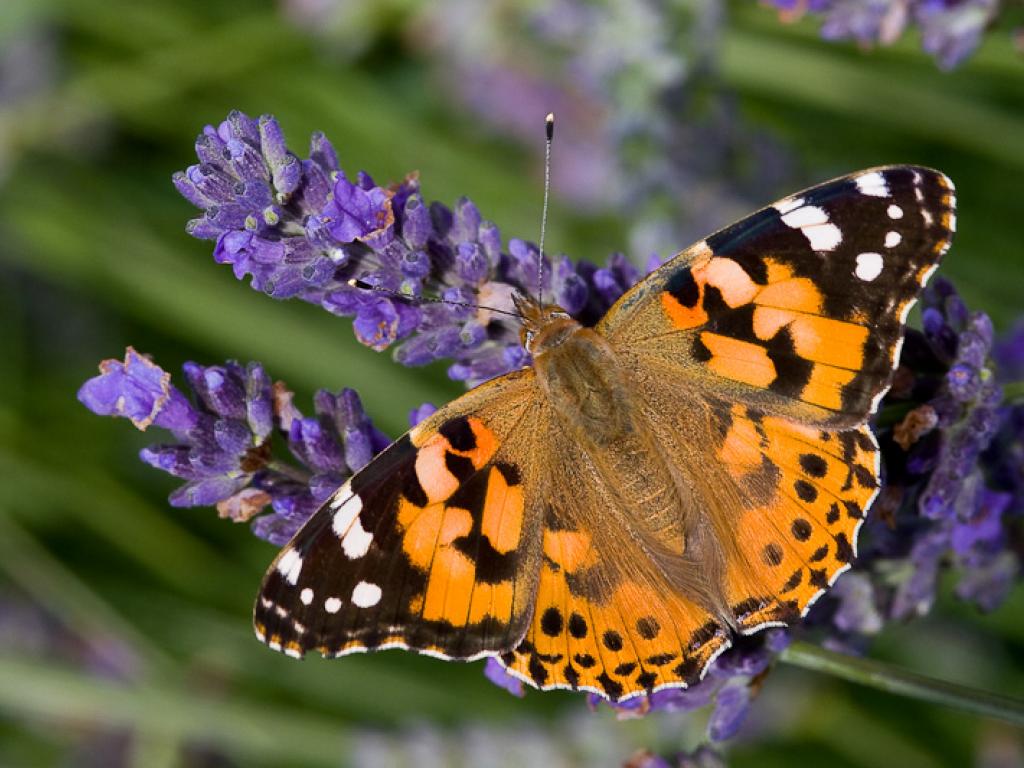From Caterpillar to Butterfly: Incredible Facts About Their Transformation
The transformation of a caterpillar into a butterfly is one of nature’s most fascinating processes. Known as metamorphosis, this complex journey involves several stages, each marked by significant changes. Let’s delve into the incredible facts about this transformation. The Lifecycle of a Butterfly Butterflies undergo a process called complete metamorphosis, which consists of four distinct stages: egg, larva (caterpillar), pupa (chrysalis), and adult. This lifecycle ensures that the insect can grow, develop, and reproduce efficiently. Differences Between Caterpillars and Butterflies Caterpillars and butterflies are remarkably different in appearance and behavior: The Purpose of Metamorphosis Metamorphosis allows butterflies to exploit different … Read more

